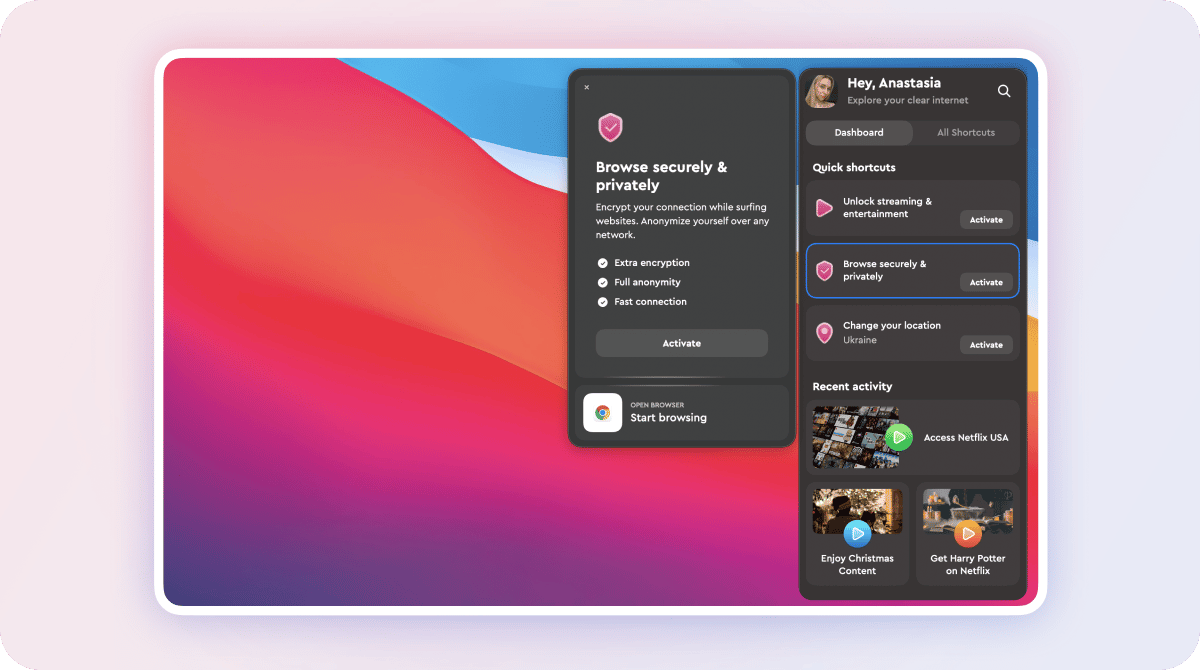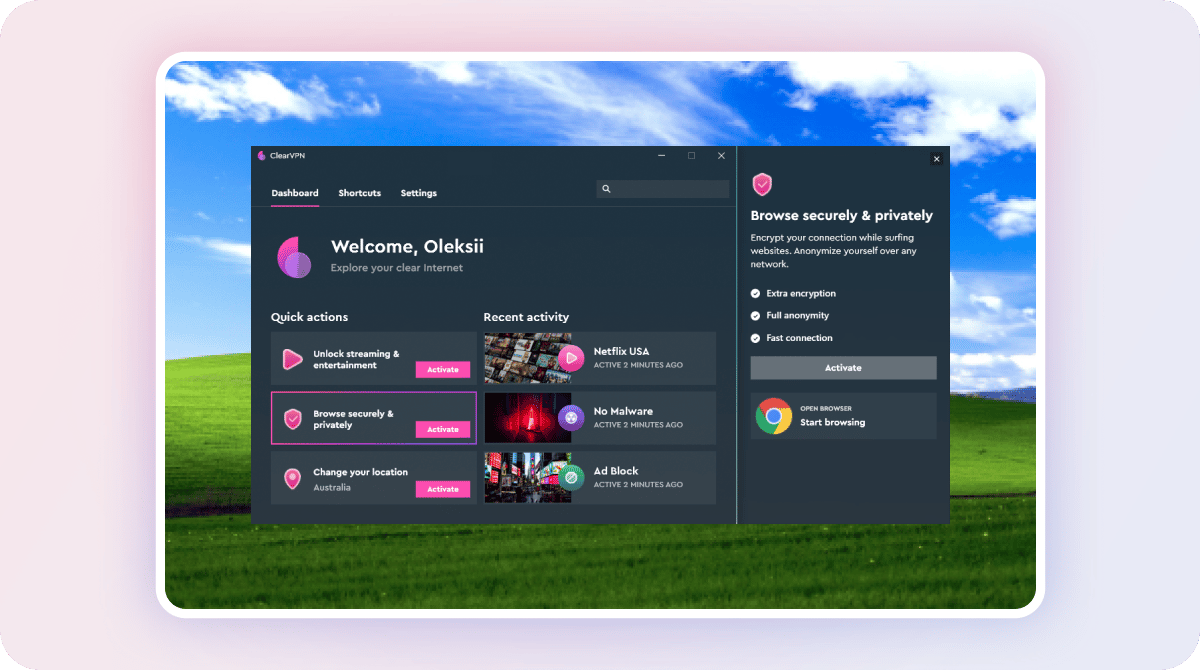VLAN, VPN, MPLS, and MPLS-VPN … What are these things? In a nutshell, they are technologies for creating computer networks.
Imagine that you run a lot of small shops around a city. All your shops have their own computers that calculate things like income and expenses. All the computers aren’t connected — and your accountants need to send numberless emails with big files and spreadsheets. What if you could connect them all to each other? Your company would deal with budgets, and logistics from one place, instead of each shop working on its own. To connect all your company’s computers into a network you can use VLAN, VPN, MPLS, or MPLS-VPN. How are they different? Let’s figure out together.
Virtual LAN (VLAN)
So what is VLAN exactly? To understand VLAN, let’s look at LAN, which stands for Local Area Network. It’s a network that connects different computers in one building. For example, you can create a LAN at home, to share files between your computer and printer. A VLAN is a Virtual LAN, and it’s also a network of computers in one building, but with a VLAN you can logically segment your network into smaller parts.
Say, you use a VLAN at a university. You can create a smaller branch for the accounters’ network, and another one for professors and students. When you have a large number of computers, VLAN transfers data faster than LAN, as it’s logically segmented.
Mid-size companies usually use VLANs if they are physically located in the same building and need to function even if the internet connection goes off. At the same time, this technology doesn’t offer any data encryption and can be hacked. If an intruder gets into your VLAN, they will have access to the whole network and will be able to steal your data.
Virtual Private Network (VPN)
If VLAN and LAN are used in one physical building, VPNs allow you to connect computers all over the world, as this technology works over the internet.
Say you have a lot of employees working remotely. As a VLAN is not an option, you can connect them all with a VPN. It encrypts outcoming and incoming data from their computers and tunnels it through your company’s server. Your employees will have access to all the valuable information that’s on the server and stay connected as if they are in the same building.
The best thing about VPN is that if your workers’ network at home gets hacked, the intruders will only see a bunch of symbols and numbers. VPN encryption is very strong; even the smartest computers on Earth will need a couple of million years to decrypt it.
Multiprotocol Label Switching (MPLS)
Multiprotocol Label Switching or MPLS is similar to a VPN in the sense that it changes the way data goes around the network. Without MPLS, data travels from one IP address to another until it hits the final destination. With MPLS, this process speeds up. At the first IP, data gets scanned for its final destination and send right there. On the contrary to VPNs, which are easy to install and use, MPLS can require difficult set-up and usually costs more than VPNs.
What is MPLS in business? Well, Companies use MPLS to have their inside data transfer processes go quicker, like video calls. And, it’s used for maintaining the privacy of the business by making it harder to track down how the data goes. Still, data that is sent through MPLS isn’t 100% secure: if a hacker is somehow lucky to intercept it, they will be able to read everything.
This won’t happen if you use a ClearVPN. Here’s how to secure your data for free on your device:
- Install ClearVPN on your device (this one is a macOS tutorial)
- Open the app and tap on Browse Privately and Securely
- Activate the shortcut
- Done! Your data is encrypted and safe now👌

If you're a PC user — here’s how to secure your data on Windows:
- Install ClearVPN on your PC
- Open the app and activate the Browse Privately and Securely shortcut
- Good job! Your data is fully protected now😎

Try out the shortcut for your mobile device as well!
MPLS VPN
Although there’s has always been an MPLS vs VPN discussion on what’s better, these technologies can work together. You can integrate an existing MPLS system with a VPN to make your network even stronger and more secure. It’s suitable for large businesses that need to have the fastest data transfer speeds with no delays.
What is MPLS VPN in terms of price? Generally, it is way more expensive than usual MPLS, which costs more than just VPNs. It may be your way to go if your company is very big and dependent on the time of data is delivered. Also, setting up an MPLS VPN system on large distances is quite costly.
Conclusion
VLAN, VPN, MPLS, and MPLS-VPN are technologies for creating computer networks and they all serve different needs. VLAN works well with computers in the same building, allowing you to create segments of the network to optimize the performance of different branches. VPN allows you to connect people across the world and give them access to your company’s data safely. MPLS is a pricy solution that works with large companies that need the fastest data transferring speeds. MPLS VPN is a network where MPLS and VPN technologies are combined, but it’s usually very expensive.





